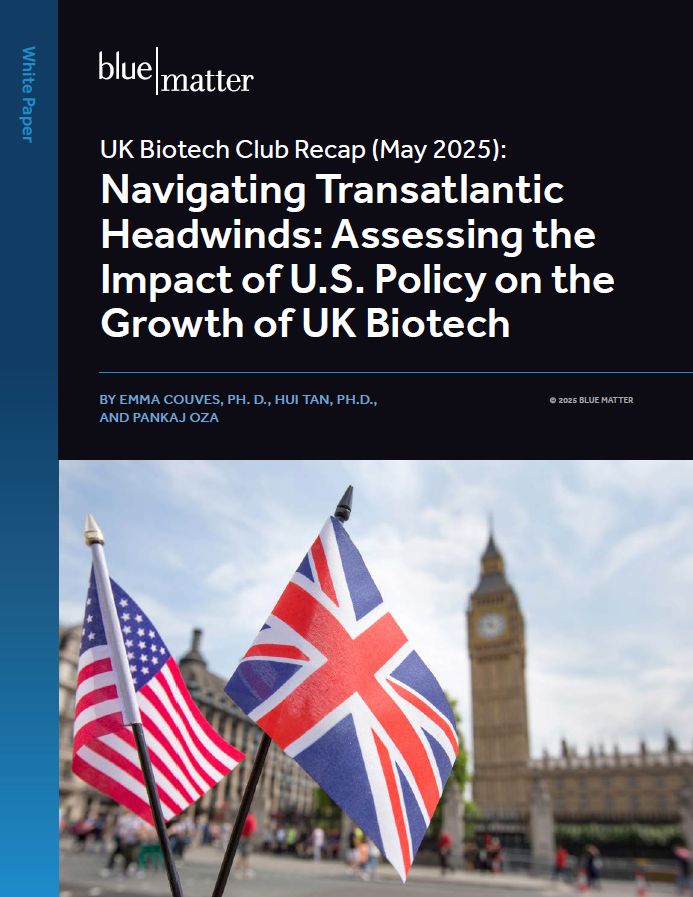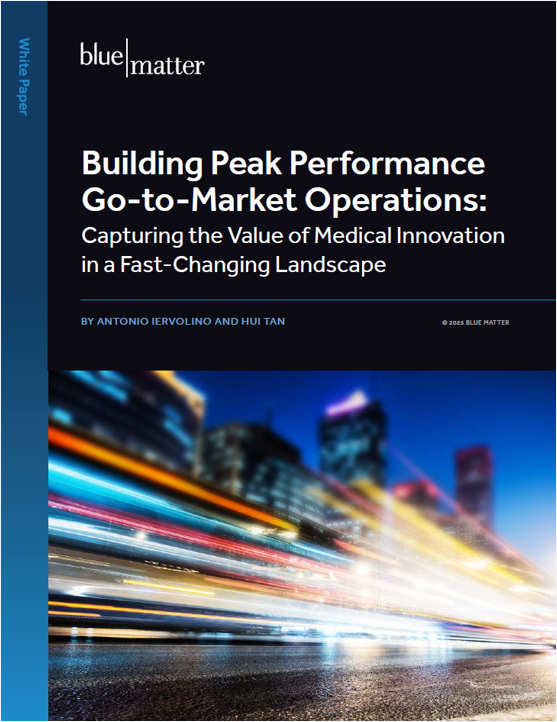
At some point in its development, any growth-minded non-European biopharma company will look to Europe as a possible source of new opportunity. Europe is attractive for various reasons, including its large population, high per-capita spend on healthcare, and vast market potential.
But successfully entering Europe is a complex undertaking, and biopharma companies need to know how to safely navigate the process. The stakes are high, and there are many pitfalls to avoid. In this ongoing series of articles, we are outlining the 12 most common pitfalls that biopharma companies experience as they enter European markets:
- Not knowing what it takes to “go it alone” across Europe
- Not realizing Europe may have its own clinical endpoints in mind
- Missing the opportunity of conditional marketing authorization
- Believing EMA marketing authorization = patient access
- Thinking your list price won’t cross borders
- Missing the mark with local health technology assessment (HTA)
- Not making the right European connections
- Failing to realize that EAPs can boost…or bite
- Missing a promotable label
- Building like big pharma when you’re not
- Using individual preferences vs analysis to select HQ location
- Caring too late about your infrastructure
Why Pitfall #11 Is Important
Selecting the right location for an International headquarter is an important decision. There are many factors that should go into selecting the right city, and the wrong decision could lead to numerous challenges, such as
- Making it more difficult and costly to recruit talent
- Higher turnover due to quality of life issues
- Negative tax implications
- Increased transportation costs
- Decreased productivity
Unfortunately, not every company moving into Europe understands the importance of this decision. We’ve seen too many instances in which companies select their HQ cities using very “non-scientific” approaches. Typically, it’s smaller companies that fall into this trap, but large firms are not immune to it. A city might be chosen because the CEO has an affinity for it, or perhaps a newly hired European General Manager happens to be from there.
Choosing an International HQ location without the proper decision-making approach is risky. Sometimes it turns out OK…and sometimes it doesn’t. Once a bad decision is made, a company can suffer multiple years of headaches and sub-optimal performance due to location-related factors. Ultimately, it may need to move its HQ to a more suitable spot.
Over the past couple of years—as the COVID pandemic has been running its course globally—many have been tempted to think that a company’s choice of HQ location is not as important as it was before. After all, we’ve learned that with modern technology, people can work from almost anywhere and still be productive. Hybrid models are emerging, and more decentralized organizational concepts are being tested. In the coming years, we’ll see whether some of the concepts will be successful for emerging biotech firms. Some emerging US-based companies may even consider managing International markets from the US. For several companies, this may have worked for a while but ultimately led to a switch to an International hub because a range of simple factors pushed in that direction, including time zone differences, cultural nuances, and the necessity to have sharper focus on one economic territory.
Most senior biotech executives agree that there are many different factors to consider, but two major factors drive site selections:
- Access to talent
- Tax and Infrastructure considerations
How to Avoid This Pitfall
Under the lenses of the two key drivers, biopharma companies should use an objective, analytical process to decide on an international HQ location. The first step is to identify the criteria that are potentially important to the company. Example criteria might include:
- Access to talent
- Proximity to other “relevant” life science companies
- Proximity to top-ranked universities
- Proximity to life science incubators
- Attractiveness of location / Quality of life / Cost of living
- Cost of talent
- Labor productivity
- Flexibility of labor laws
- Migration laws
- Availability of international schooling
- Tax and Infrastructure considerations
- Business tax structure
- Access to funding of financial incentives
- Services provided by the economic region
- Economic stability and ease of doing business
- Quality of infrastructure / Connectivity
- Access to transportation
This list is not comprehensive, but it does provide a good idea of the many criteria that could factor into a decision. For a company, one set of criteria might be more important than another. So, it should weight each set of criteria based on its strategic importance.
In our team’s experience, there are some tips to keep in mind as a company goes through the site section process:
- Avoid letting near-term tax incentives drive the decision. Incentives will end at some point. When they do, the company could deeply regret moving to a city if it had little else to offer.
- Smaller countries can be preferable. In smaller countries, it’s often easier to build a diverse team and not be “overwhelmed” by a single nationality in the talent pool.
- Make full use of national (or Cantonal, municipal etc.) business development offices. They can provide a wealth of information, introductions, and other assistance to aid any evaluation process. They can also help a company navigate various legal and regulatory requirements related to operating an office in the area. In addition, there are economic regions that are committed to attracting certain types of businesses such as biotech companies with the intention of being a “hub.” Switzerland and the Netherlands are two great examples.
Overall, establishing a European headquarters is a big step and the location needs to be well-chosen. It’s important to use a systematic and objective due diligence process.
Coming Next
In our final installment, we’ll continue our discussion about building a company’s organization in Europe. We’ll address the perils of waiting until it’s too late to plan for, design, and begin developing a company’s European infrastructure.





